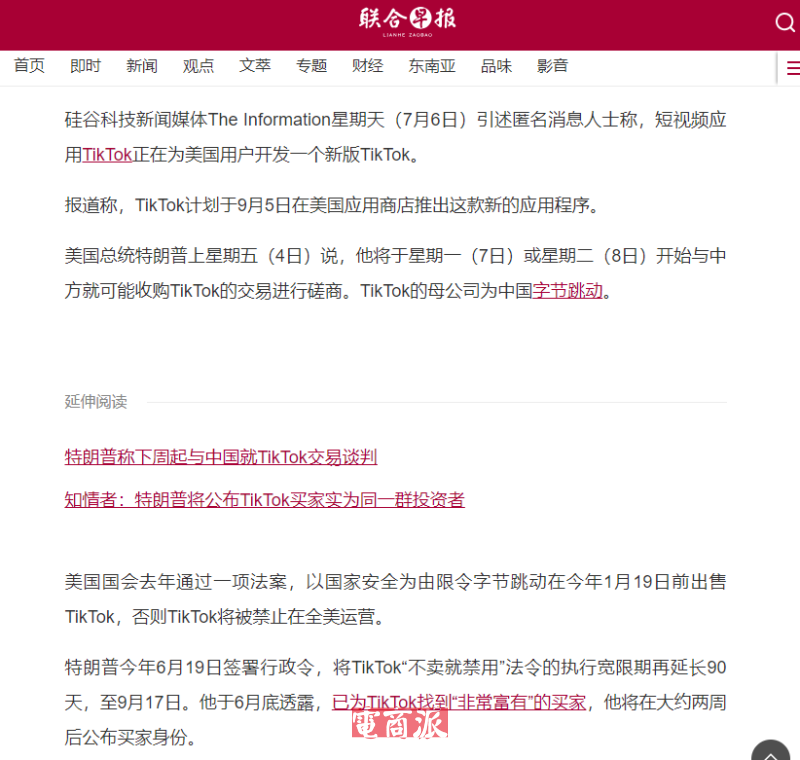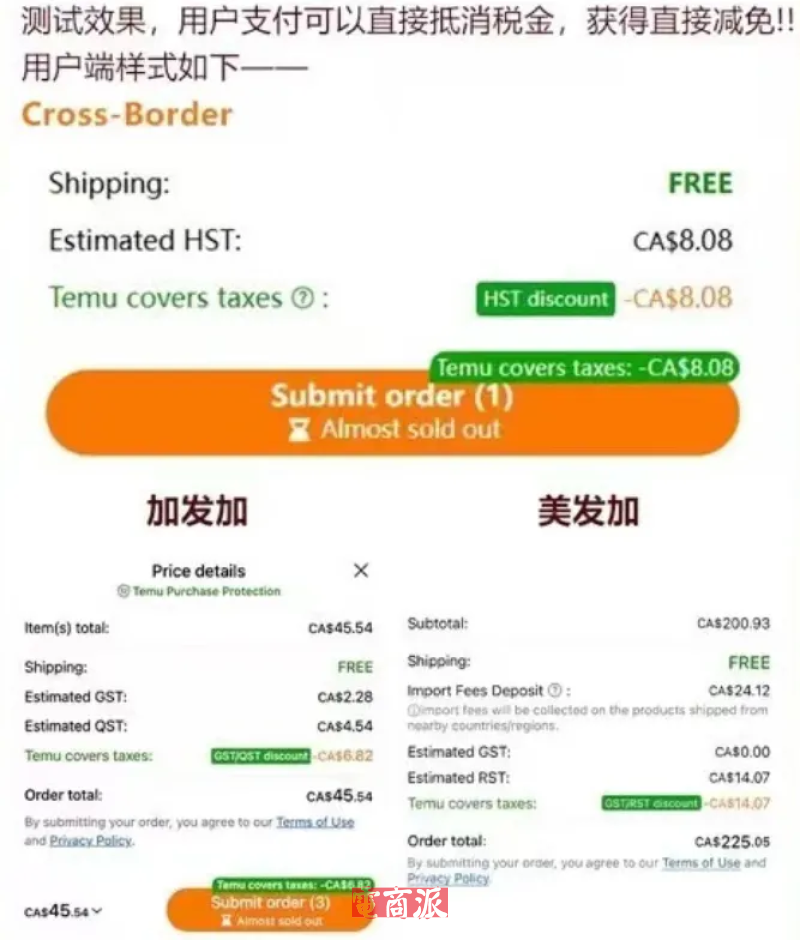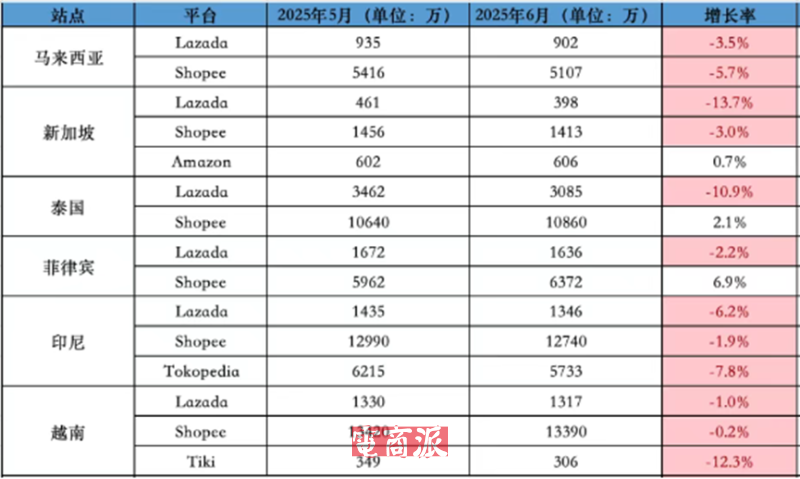htmldisplayflex

HTML Display: Flex
HTML Display is a property in CSS that determines how an element is rendered on a web page. One of the values for this property is "flex"
which is short for flexible box layout. Flex layout allows elements to dynamically adjust their size and position within a container
making it easier to create responsive and flexible designs.
To use flex layout
we need to first define a flex container
which is an element that contains the items we want to layout. We do this by applying the "display: flex;" property to the container element. Once the container is set to flex
its direct child elements become flex items and can be positioned using various flex properties.
One of the key advantages of flex layout is that it provides a simple and intuitive way to create flexible and responsive designs. With just a few lines of CSS
we can easily create a layout that adjusts automatically to different screen sizes and devices.
Flexbox also offers powerful alignment and spacing capabilities. We can customize the alignment of our flex items along the main axis (horizontal) and cross axis (vertical) using properties such as "justify-content" and "align-items". For example
"justify-content: center;" will center the items horizontally
while "align-items: flex-start;" will align them to the top of the container.
Adding flexibility and responsiveness to our design is as easy as changing a few CSS properties. We can use the "flex-grow" property to specify how much a flex item should grow relative to other items when there is extra space available. For example
"flex-grow: 1;" will make an item grow twice as much as an item with "flex-grow: 0.5;". This allows us to create designs that automatically adjust to different screen sizes and device orientations.
In addition to "flex-grow"
there are other flex properties we can use to control the sizing and spacing of flex items. For example
"flex-shrink" determines how much a flex item should shrink when there is not enough space
and "flex-basis" sets the initial size of an item before any available space is distributed.
Flexbox also allows us to control the order in which flex items appear within the container. By default
they are displayed in the order they appear in the HTML markup
but we can use the "order" property to change this order. Setting "order: 1;" on an item will make it appear after the items with lower order values.
Overall
flex layout is a powerful tool for creating flexible
responsive
and easily maintainable web designs. With its intuitive syntax
powerful alignment and spacing capabilities
and ability to automatically adjust to different screen sizes
flexbox has become the go-to layout technique for many developers.
In conclusion
the "display: flex;" property in CSS provides a simple and powerful way to create flexible and responsive web designs. With just a few lines of code
we can easily customize the layout
alignment
and spacing of our elements. Flexbox has become an essential tool for developers looking to create modern and responsive websites.
 邮件群发-邮件群发软件|邮件批量发送工具|群发邮件平台|批量邮箱发送系统公司
邮件群发-邮件群发软件|邮件批量发送工具|群发邮件平台|批量邮箱发送系统公司








